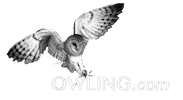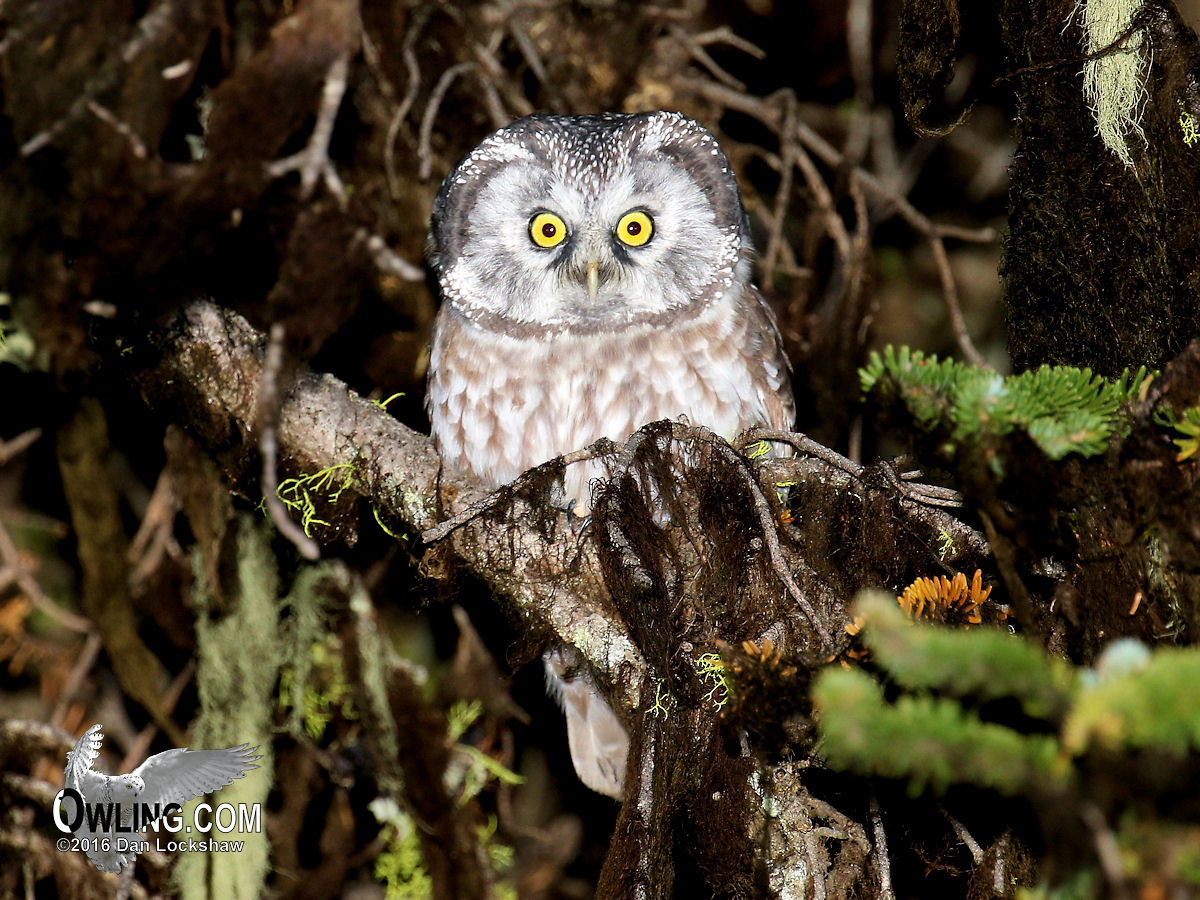Boreal Owl Biology
A Reference for North and Central American Owls
Name: Boreal Owl – Aegolius funereus
Other Common Names: Arctic Saw-Whet Owl; Funeral Owl; Richardson’s Owl (richardsoni); Tengmalm’s Owl (funereus); Sparrow Owl.
Subspecies: TIn North America there is only one accepted race of Boreal Owl. There are five other races recognized across Europe and Asia. One of these other races, A. f. magnus, is resident in N. E. Siberia and may accidentally show up in Alaska but will not be discussed further here.
A. f. richardsoni is resident from south and central E. Alaska across Canada to the East Coast. Also resident in the Rocky Mountains as far south as Colorado. Light blue area on the map above indicates probable local breeding.
Measurements and Weights:
Wingspan: 19 – 25 in.
Length: 8.5 – 12 in.
Tail: 3 3/4 – 4 1/4 in.
Average Weight: Male: 4.4 oz.
Average Weight: Female: 6 oz.
Description: A small owl lacking ear tufts. The male and female are alike in plumage. The general color of the upper parts are dark brown. The backside has dispersed large white spots. Its crown is thickly spotted with smaller white spots. The facial disk is white with a dark brown border at the sides. Around the eyes is a black border. Below and at the sides of the bill is cinnamon- brown. The chest, flanks, and belly are heavily streaked brown on a white base. The feet are feathered. And its claws are black. Its iris are lemon yellow and its bill is dark grayish-horn with a yellowish tip. The Boreal Owl is usually nocturnal except in the far north when there is no night.
Young: The young are dark chocolate-brown to deep sooty-brown above and below. The facial disk is black. Eyebrows, above (forehead), and along the sides of the bill is white. Sometimes said to have a white “V” on its forehead. The mustache is white (white extends outward from the bill). Iris is yellow.




